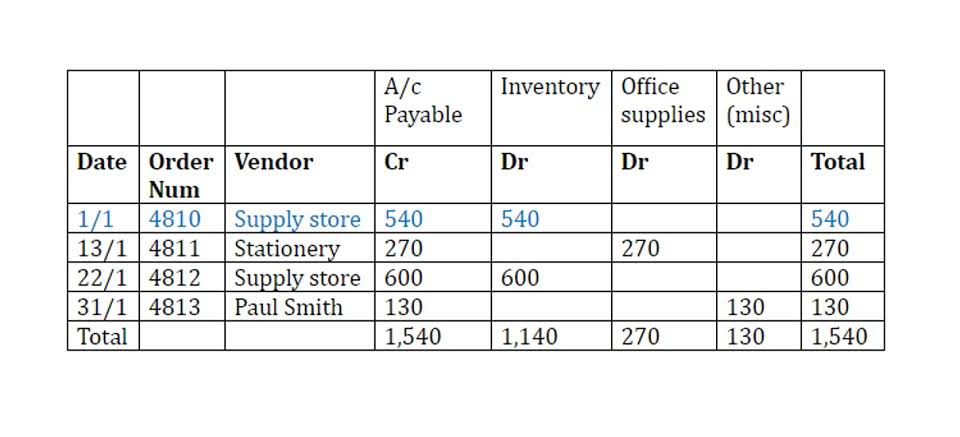If you choose to do this, learn all you can about the subtleties of fonts, colors, balance, line height, font-weight and line spacing. You can put your mission, your contact information, your forms, your board meetings, your volunteer calendar, your donation page, your staff information and so much more online. It will serve you well as you run your programs, grow your organization, and make a difference in the world. Here are 5 steps that will help you create your first budget for your new nonprofit. It’s easy when you’re just starting out – and you’re super excited about the future – to operate on a lot of hope. We recommend setting a daily budget of $329 to run as many campaigns as possible and take full advantage of your grant.
They can be a bit generic, but better than having “art” as your logo. I have rarely seen a volunteer make a logo that I would want for my organization. A professional looking website is easy to set up and very affordable (less than $100, really!). If this is your first year budget and you have no numbers to work with, then do your best to come up with honest and conservative “guestimates” of your income. Without a budget, you can find yourself in deep water, fast, with more money going out than coming in. Now that you have solidified a budget approach, share it with your leadership and staff.
See How Nonprofits Use Keela to Raise 4x More!
But even with these staggering numbers, many nonprofits are still underfunded—particularly small- to mid-sized organizations. You can download slides below and here’s a transcript of this recording. Finally, the board or budget committee should be ready to present the annual budget to any necessary committees and the board for final approval. Reading a nonprofit cash flow statement does not need to be overly complex. With an example, we’ll talk through the basics without needing to be an accountant. However, if you feel that it is more important to have a budget that is easier to create and that reflects past spending patterns, you may want to use a historical budget.
NC nonprofit just got $40,000 in state funds. It had no idea the money was coming – Charlotte Observer
NC nonprofit just got $40,000 in state funds. It had no idea the money was coming.
Posted: Wed, 18 Oct 2023 19:28:26 GMT [source]
Both models have their pros and cons, and what is best suited for one nonprofit might not be the right choice for another. There are also many budget templates available online to help you get started, so you don’t need to do everything from scratch. By tracking and comparing your revenue (the money you earn) with your expenses (the money you spend), a well-made budget helps you plan for how you’ll achieve your goals. If you have been tracking your income and expenses then you are off to a good start. This will make it easier to project what will be needed in the months and years ahead. If you haven’t been tracking your finance (or if this is your first year) then your projected budget really is just a best guess.
Learn how to use ChatGPTto grow your Nonprofit!
Be sure to also leave enough time for questions, concerns, and feedback from your Board members. Nonprofit success is heavily tied to two things – mission, and money. Depending on the size and complexity of the organization, best practice suggests that you will want to begin the process at least three to six months from the end of your fiscal year.
There are a number of tools that can assist in budgeting for nonprofits. Some of the best options include Google Sheets, Excel, and budgeting software programs like Xero or QuickBooks. When determining how to allocate funds, it is important to consider the organization’s overall goals and objectives. For example, if the goal is to increase access to services, then a greater proportion of funds should be allocated to program expenses. Alternatively, if the goal is to increase donor support, then a greater proportion of funds should be allocated to fundraising expenses.
Budgeting: A 10-Step Checklist
They have been obtained from sources believed to be reliable at the time of publication. Overall, good budget planning requires knowledgeable board directors, a solid planning process and the tools to complete the job successfully. It typically requires getting income from multiple sources for nonprofits to thrive.
Laying out your expenses and expected income in advance ultimately helps you make decisions about how to use your organization’s money more strategically and more effectively to advance your mission. There is a common misconception that nonprofits must operate solely on a break-even basis or that they need to have extremely tight budgets. However, while it’s true that nonprofits are driven by specific missions, they still need to make enough money to be successful in advancing that mission effectively. After reading this article, you’ll have the tools you need to get started on creating an effective and successful budget for your nonprofit. Your expenses will include utilities, maintenance, office supplies, salaries, insurance, equipment, rent/lease, etc.
Draft the budget
Creating and sticking to a nonprofit budget will put your organization in a healthier financial position. As a result, you can spend less time worrying about your nonprofit’s expenses and more time helping your beneficiaries. Capital budgeting is the process of making long-term capital asset investments and financing decisions. Capital assets are long-lasting assets that advance the organizational mission and assets, i.e., land, facilities, and costly equipment. When determining operating expenses, nonprofit professionals should forecast their organization’s resources needed to carry out its activities during a fiscal year. Use this template to create an operating budget and monitor your nonprofit’s financial performance during this fiscal year.
- Having a detailed budget can help you earn and maintain the trust of your donors because it shows them that your organization is taking its finances seriously.
- Many industry experts recommend budgeting by the month rather than an overall annual budget.
- The best practice is to regularly review these budgets throughout the year to monitor the progress of the various fundraising efforts and projects and keep tabs on your financial standing.
- These considerations, in combination with revenue forecasts, will make up the operating budget.
- When determining revenue, nonprofit professionals should forecast the resources their organization is likely to acquire.
- For some examples of successful nonprofit grant proposal budgets, check out this post on our blog.
If revenue doesn’t cover expenses, you’ll need to adjust either revenue, expenses, or both until totals are equal. Again, be careful not to overestimate your revenue just to get a zero bottom line. Be sure you can actually raise the number you put in for fundraising.
That means diligently tracking and recording expenses and revenue, plus program numbers (like number of people helped, number of dogs adopted, etc.). Those details will come in super handy when you start projecting expenses for next year. When you’re just getting started, it’s critical that one of your first steps is to create your nonprofit’s first budget to help you manage both your organization and your finances as it grows. Financial planning is vital to an organization’s success and sustainability. The Better Business Bureau recommends that nonprofits spend under 35% of their funding on fundraising efforts and spend at least 65% on programs.
A cash flow budget is focused on covering big expenses like capital projects or payroll work. It’s meant to help you manage your cash flow so that you can run smoothly while achieving the goals you have set out for your organization. Budgeting is the process of planning, organizing, and controlling financial resources and how they are allocated to achieve organizational goals. It’s important to budget because it helps the organization manage its funds in a more effective way. One of the most important tools for a nonprofit is a cash flow projection.
Marketing and fundraising expenses 🎉
Budgets are too often proposed, discussed, accepted, and forgotten. Once you have your budget, compare the predicted numbers to the actual figures every month in order to look for differences and establish why they occurred. When your organization is not in line with the budget, you should look at “why,” and what factors you can control or change. This is where the budget becomes an effective management and operations tool for your organization. This allows for a better overview, more speedy addressing of any potential issues, more nimble management of the staff and volunteers, and a more informed everyday decision-making process. If you’re creating a budget for the first time, create as reasonable a list as possible of expenses.



